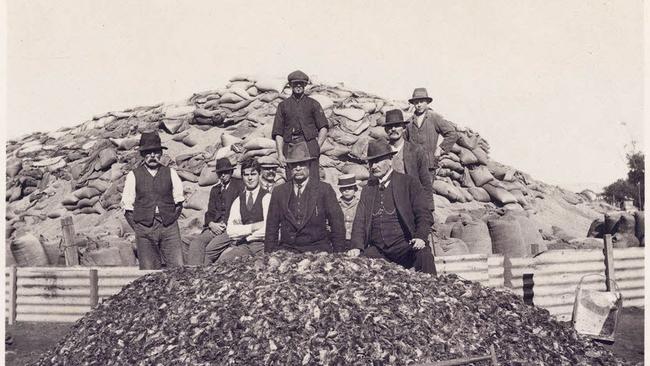Drought disrupts mouse breeding barriers and leads to plague chaos
Drought may be just as important in triggering mouse plagues as the rain that follows.

A chaotic breakdown in the social order of mice during droughts, may have just as much impact on triggering plagues as the follow-up rain that delivers an abundance of feed, say researchers.
While the focus has been on the explosion of mice in the wake of rain and abundant grain in the paddock, CSIRO mouse researcher Steve Henry said understanding the impact of drought on the social behaviour of mice may be just as important.
“Mice are present all the time, so when you add water into the system, why are plagues not more frequent?” Mr Henry said. “Drought depletes the population …, which may disrupt the normal social hierarchy.”
He said that hierarchy probably keeps mice numbers stable during normal years, due to territorialism and infanticide – “they will eat (each others) babies”.
But once that social order was disrupted by a prolonged drought, Mr Henry said the mouse population declined, disrupting territories and social structure.
By the time drought-breaking rain hits and food becomes abundant he said the social barriers to mouse breeding may have been lost, allowing an explosion in numbers amid the chaos.
In 1995, during a study of Australia’s plagues, University of British Columbia zoologist Charles Krebs and his colleagues published a similar theory, stating plagues could “not be triggered without the proper social environment”.
One of the theories the Krebs team put forward was that mouse populations were normally regulated by “strict territorial behaviour coupled with emigration and poor survival of excess juveniles (which) might hold numbers low for a prolonged period, if coupled with intolerance of immigrants”.
But Mr Henry said more research needed to be done into what happened to mice during a drought and what drove population stability during good seasons when plagues were not a problem.
In the meantime he suggested farmers take advantage of the cold night-time temperatures that have hit southeast Australia to knock down mouse populations in buildings and across the paddock.
He said farmers should not only bait, but put out canola-oil dipped chew cards to check whether the paddock population was growing.
As for stories in metropolitan media of mice marching across the landscape to invade Sydney, Mr Henry pointed out that mice don’t migrate over great distances.
The real issue he said was keeping a lid on the local population of mice on your farms, before they become a problem.
MORE


